Colleges, corporations have long way to go to adequately represent LGBTQ+ community
Representation at school, in media is critical for queer people; most organizations, corporations are lacking in true, appropriate representation
WSU has shown some steps toward perpetuating diversity and inclusion on campus. There is, however, much more to be done so that all faculty and students feel represented and welcome.
June 11, 2021
Pride Month has arrived, which means a month of gleeful parades, education on queer history and celebrating queer people’s right to exist and love as they are.
With that, however, also comes a bombardment of “inclusive” corporate pandering, ranging from new rainbow profile pictures on social media that will revert back to normal at midnight on July 1, to Disney’s seemingly annual announcement of its “first gay character.”
This year, its first gay character is Artie, a fashionista played by John McCrea in the new prequel to 101 Dalmatians, “Cruella.” Artie’s sexuality is never made explicit. Instead, the audience is supposed to infer his queerness from his flamboyant outfits and androgynous appearance.
Disney’s other “first queer characters” include two women who share a two-second kiss at the end of “Rise of Skywalker“ and a traumatized gay man in “Avengers: Endgame” who mentions going on his first date in five years following the death of his husband from 2019, a lesbian couple pushing a stroller in the background of “Finding Dory” in 2016, along with several others.
In all of these cases, an actual relationship is almost never shown, but rather mentioned in a one-off line or alluded to by a character’s style and behavior.
If a queer relationship is shown onscreen, it is quick enough that it can be cut out in order to market the film to conservative countries and audiences.
These miniscule moments of queerness are never expressed by major characters, and they are certainly never relevant to the plot of the films.
That is fine in some ways — people are more than their sexuality, and characters are capable of being complex and robust without storylines centered around romance.
“One of the problems I have is that people tend to make this a bigger deal than it is, and I think it should be something that’s more comfortable, and something that’s like, I don’t have to make this whole party saying, ‘oh this is my identity,’ or ‘this is how I identify with the community,’ or anything like that,” said Gracyn Holiway, junior digital technology and culture major.
Disney’s issue in this area is that it makes its characters’ actual sexualities as implicit and hush-hush as possible, yet still expects to get a pat on the back for all its diversity and representation.
It is not only major corporations like Disney that perpetuate this problem. The same performative diversity is seen in other areas of pop culture such as literature and television.
Examples range from JK Rowling announcing Albus Dumbledore from her famous “Harry Potter” series was gay only after finishing writing the series, to the unflattering portrayal of Carol Willick and her wife Susan in the TV show “Friends.”
This inadequate representation is evident in academic settings too — and unfortunately, WSU has been a major offender.
“We do have diversity committees,” WSU alum Alexander Jensen said. “In my honest opinion, diversity committees do not do anything. They are, in my mind, a form of tokenism that universities can put on whatever statements are going up to the state or higher that say, ‘we’re doing something, we have our diversity committee.’”
Jensen said that these groups are especially performative because it is often questionable whether they are actively consulted or listened to.
They often lack faculty membership (other than faculty advisors to give the committees legitimacy), resulting in a faculty that is uneducated on queer issues at best and utterly disinterested at worst.
The other problem that becomes apparent here is that there is a startling lack of LGBTQ+ representation in WSU’s faculty in the first place.
“I only see queer [faculty] in two places, and that is in the English department and the women’s studies and queer studies department,” Jensen said.
Jensen described to me what he called the “diversity hallway,” both a literal and metaphorical hallway in the Compton Union Building on WSU’s campus that he said is home to nearly every diverse organization on campus, from the Gender Identity/Expression and Sexual Orientation Research Center to Multicultural Student Services.
Much like Disney has queer characters, WSU has diverse organizations, but they are all confined to their own little hallway rather than integrated into the university in a meaningful way.
“It can be really neat because you have this whole group that is close together, and you know exactly who is who … but at the same time, I think the whole grouping thing is weird because it’s like you’re putting them in a corner and tucking them away,” Holiway said.
Just as Disney can cut out their queer characters by hiding them in the background of their films, WSU is able to cut out their queer and other minority organizations by hiding them away in a single hallway on the sprawling campus.
True representation is not something that can be removed with no harm, no foul to the integrity of a film or the structure of a university.
If corporations like Disney or organizations like WSU want credit for diversity or representation, they need to be taking bolder steps in a progressive direction.
At WSU, that means more openly queer faculty, especially in upper administration, as well as education on queer issues for students and faculty.
If for no other reason, representation is needed for the safety of queer students. Both Jensen and Holiway emphasized how creating safe spaces to exist in is one of the most important arguments for proper representation.
“If you don’t feel represented as a queer person, the opposite of representation is potentially feeling threatened … we need these queer-affirming places,” Jensen said. “They aren’t just representation; they’re generating safe spaces.”
They also agreed that queer issues and queer representation need to go beyond Pride Month and beyond the pre-established organizations and programs that deal with queer issues.
“It’s not something that needs to be a daily conversation that you have to force in, but it has to be something where you make people realize it goes beyond what they think it is,” Holiway said.
There will always be more that needs to be done, but at the moment, we are far from where we should be when it comes to LGBTQIA+ representation.
However, it is also important to acknowledge how far we have come as a society. Thirty years ago, it would be hard to imagine being able to write this article without extreme backlash, if I were able to at all.
This progress has been able to happen through a combination of baby steps and bold progressive policy changes, but today that progress seems to have stalled.
Organizations have stopped pushing the boundaries of the status quo, leaving queer people teetering between feeling represented and being hidden away somewhere they can be trimmed neatly away from the rest of society.
For now, let us enjoy Pride Month and celebrate the impressive ground we have covered over the past several decades. But let us not end there.
Educate yourself and encourage the people around you to do the same. As WSU students, push for more involvement, education and representation in faculty.
The fight for representation and equality is ongoing and, at times, tedious. But it is worth it, and one day, when we achieve it, we will look back to the present and be grateful for the steps we took.
Happy Pride!







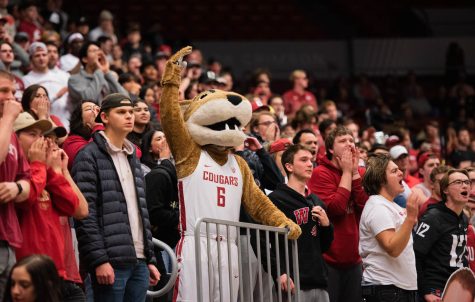


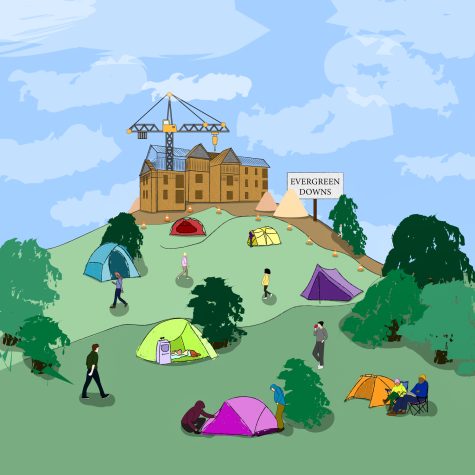
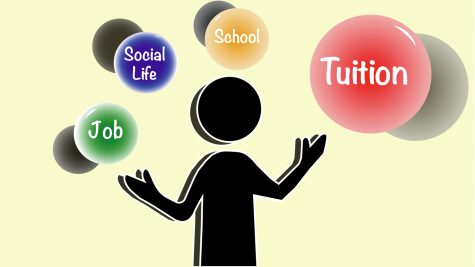
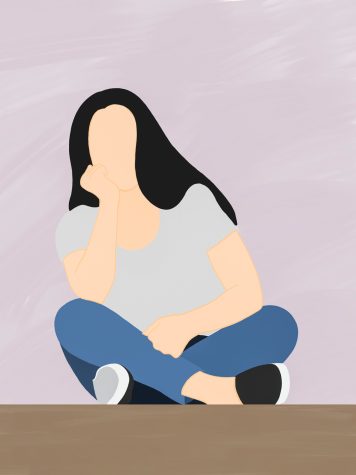



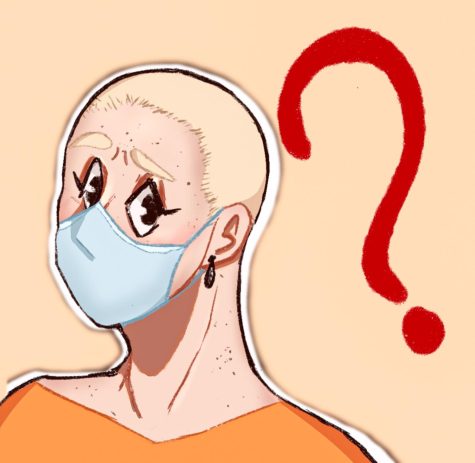


marc • Jun 17, 2021 at 4:14 pm
employees are hired if they are qualified for the job..not…nationality or sex…